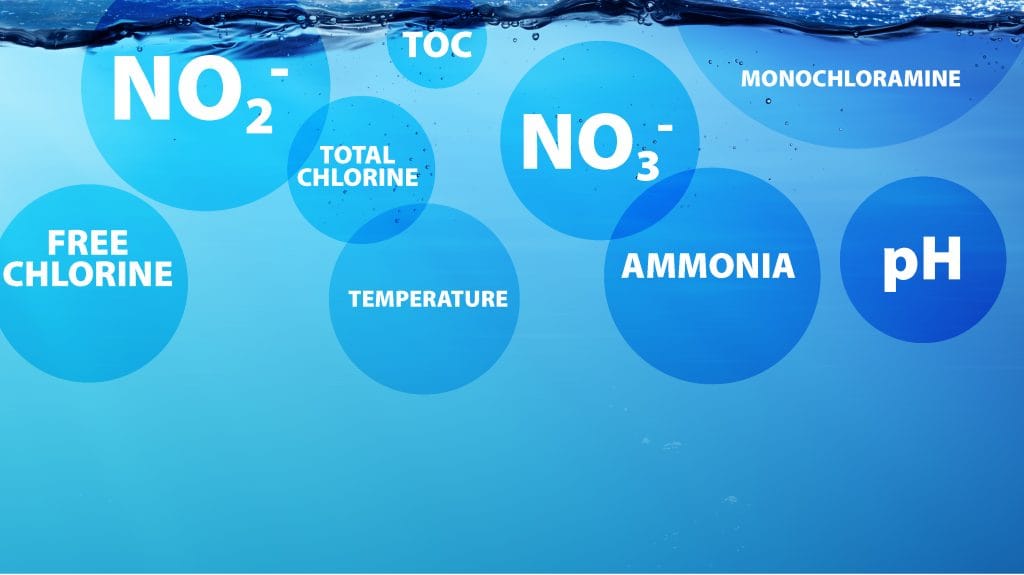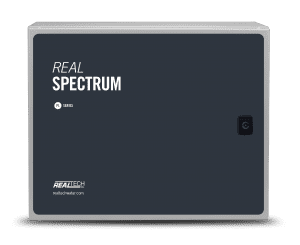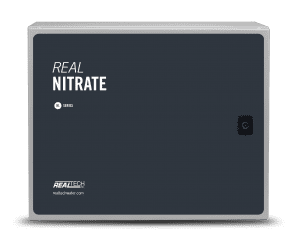Chloramines provide a safer alternative to chlorination when disinfection by-product formation is of concern. However, use of chloramines for water disinfection leads to increased nitrification problems within the distribution system. Even when ammonia addition is carefully controlled during the chloramination process at the treatment plant, some ammonia will find its way into the distribution network. Furthermore, as the residual chloramines react with the impurities found in the water, more ammonia will be released. As nitrifying bacteria are readily found in the water pipes, ammonia will be nitrified to nitrite (NO2) and nitrate (NO3). Both of these parameters are regulated and concentrations exceeding the maximum allowable levels require affected pipes to be flushed to protect public health. Furthermore, nitrification in the distribution system can lead to other problems such as pipe corrosion.

GAIN THE INFORMATION YOU NEED:
Real Tech’s nitrite/nitrate sensors can detect nitrites and nitrates simultaneously in real time. Strategically placed nitrite/nitrate sensors within the distribution network can provide operators and utilities with vital information about the problem areas within the distribution system, enabling them to boost disinfection in pumping stations, and when necessary, flush the pipes in problem areas. In addition, information fed in from the distribution network can be used to fine tune the chloramination process at the plant.
• Detects nitrites and nitrates in real-time
• Provides information on health hazards developing in the distribution system
• Disinfectant dose control at pumping stations
• Affordable enough to place in multiple locations
• Easily integrates into SCADA systems


